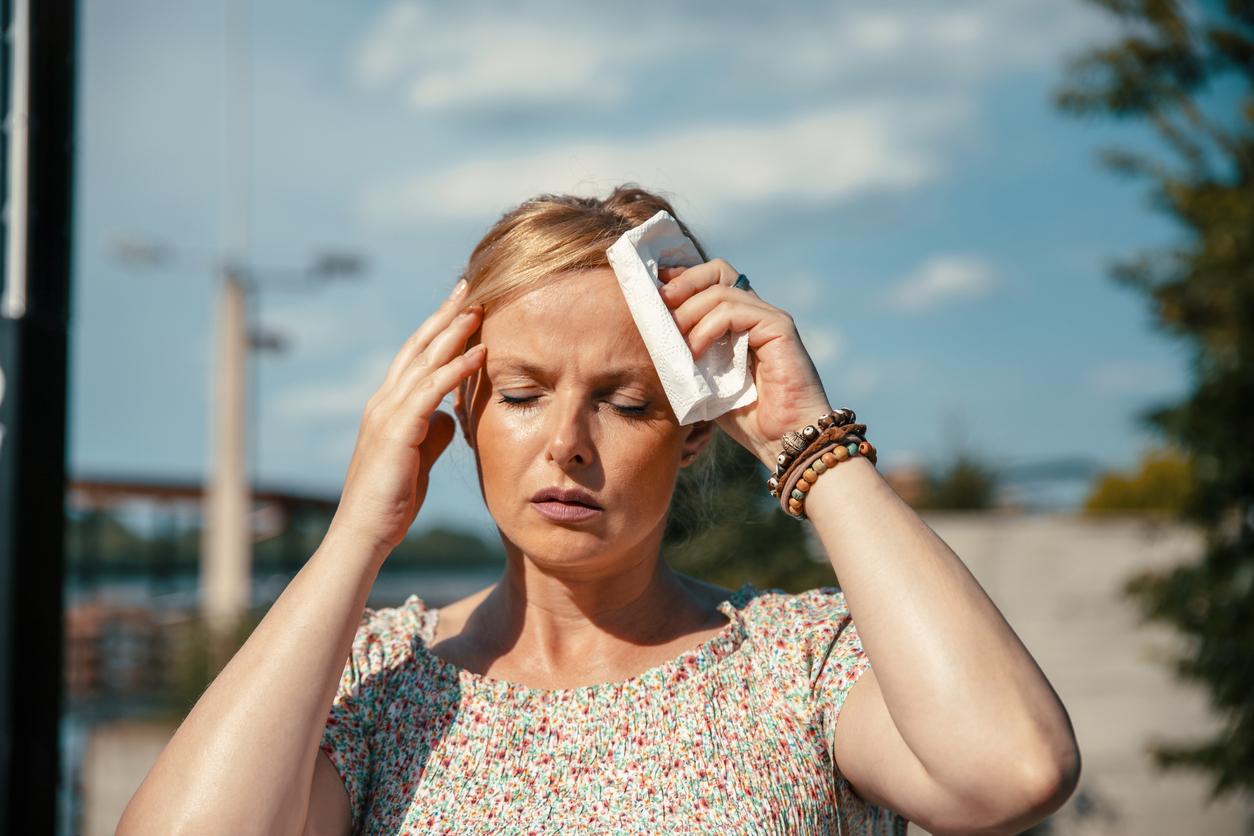Check the storage temperature
The essential reflex is to check the storage temperature on the medication leaflet.
In most cases, unless otherwise stated, medicines should be stored at room temperature and in a dry place.
Medicines that can be stored at a temperature below 25 or 30 degrees
If it is specified in the leaflet that a drug must be stored at a temperature below 25 or 30 degrees, a punctual exceeding of these temperatures for a few days has no direct consequence on the stability or on the quality of the drugs. . The temperature reached at the heart of the drug remains below, in the majority of cases, room temperature. This applies to the usual storage conditions for medicines, that is to say in a medicine cabinet. If we need to transport these drugs, they must travel under conditions which respect the cold chain but without causing the product to freeze. A refrigerated isothermal packaging makes it possible to preserve them well.
Medicines that can be stored between 2 and 8 degrees
For certain drugs, the leaflet indicates that the molecules must be stored at a temperature between +2 and + 8 ° C. These drugs are stored in refrigerators or cold rooms, high temperatures should be of no consequence to their stability if used quickly enough once.
taken out of the refrigerator. The temperature of refrigerators should be checked regularly. To transport these drugs, the ANSM recommends using refrigerated insulated packaging (for example equipped with cold accumulators), “while ensuring that they are not frozen”.
Medicines without specific storage notice
Under usual storage conditions (medicine cabinet, normally ventilated warehouse), these drugs do not fear exposure to high temperatures as observed during heatwave periods, recalls the ANSM.
Potentially heat sensitive drugs
Medicines in special forms, such as suppositories, eggs, and creams, can be affected by increases in temperature. The appearance of the product when opened makes it easy to know if the quality of the drug has been impaired. “Any product with visibly altered external appearance should not be used, this alteration in external appearance could indicate a change in the properties of the pharmaceutical form (regardless
of the quality of the active substance) “, justifies the ANSM.
Adapt the treatment according to the heat
In period of very strong heat, the adaptation of a treatment is done on a case-by-case basis. Certain medications, such as diuretics, nonsteroidal anti-inflammatory drugs, antibiotics, high cholesterol, or migraine medications can make heat stroke or dehydration worse. If in doubt, you should tell your doctor.
















